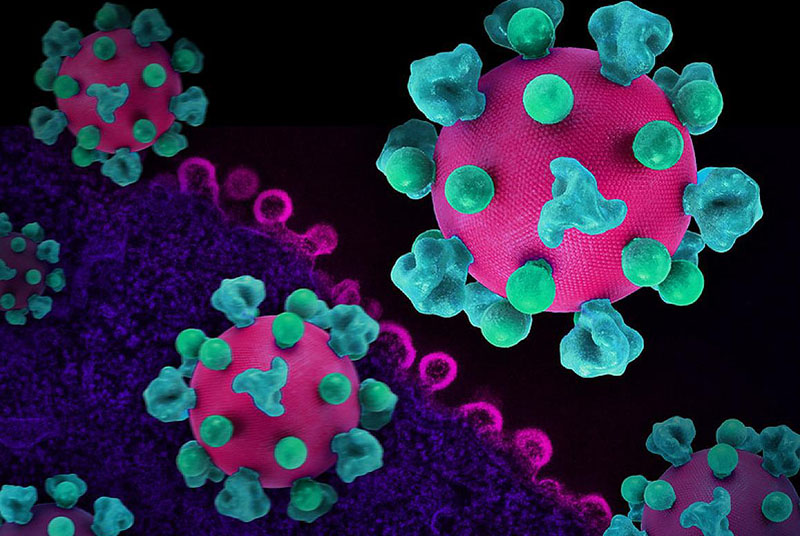IRP research identifies opportunities to improve future HIV vaccine candidates
Study suggests greater CD8+ T-cell activity may increase HIV immunity
An effective HIV vaccine may need to prompt strong responses from immune cells called CD8+ T cells to protect people from acquiring HIV, according to a new study from researchers at the National Institute of Allergy and Infectious Diseases (NIAID), part of the National Institutes of Health, and colleagues. The study findings, appearing in Science, draw comparisons between the immune system activity of past HIV vaccine study participants and people with HIV who naturally keep the virus from replicating even in the absence of antiretroviral therapy (ART). The latter individuals are often called “long-term non-progressors” or “elite controllers” (LTNPs/ECs).
When HIV enters the body, the virus begins to damage the immune system by inserting itself into CD4+ T cells, which are white blood cells that help coordinate the immune response to pathogens. In most people, HIV continues to replicate and damage more and more CD4+ T cells unless controlled by ART. Among LTNPs/ECs, the immune system appears to promptly recognize CD4+ cells with HIV and activate other immune cells called CD8+ T cells. CD8+ T cells destroy CD4+ cells with HIV, enabling the suppression of HIV in a person’s blood.
The aim of an effective HIV vaccine is to provide durable protective immunity to HIV, or if initial defenses are bypassed, to help control HIV in the body long term, as happens with LTNPs/ECs. Although several preventive HIV vaccine candidates have been designed to stimulate CD8+ T-cell activity, they did not prevent HIV acquisition or control viral replication in clinical trials. Understanding and addressing this lack of effect is a scientific priority of HIV vaccine research.
Scientists in the HIV-Specific Immunity Section of NIAID’s Laboratory of Immunoregulation and colleagues designed their study to better understand which CD8+ T-cell functions were lacking in previous HIV vaccine recipients. They compared laboratory samples from previous HIV vaccine study participants with samples from LTNPs/ECs. They found that both HIV vaccine recipients and LTNPs/ECs generated large numbers of CD8+ T cells that recognized HIV. However, unlike the CD8+ T cells of LTNPs/ECs, HIV vaccine recipients’ CD8+ T cells failed to deliver the proteins necessary to destroy HIV-infected CD4+ T cells with HIV.

Layout featuring colorized 3D prints of HIV virus particles (pink with teal surface proteins) and a background image that is a colorized transmission electron micrograph of HIV virus particles (pink) budding and replicating from an H9 T cell (purple). Micrograph captured at the NIAID Integrated Research Facility (IRF) in Fort Detrick, Maryland. Note: not to scale.
This page was last updated on Thursday, December 14, 2023